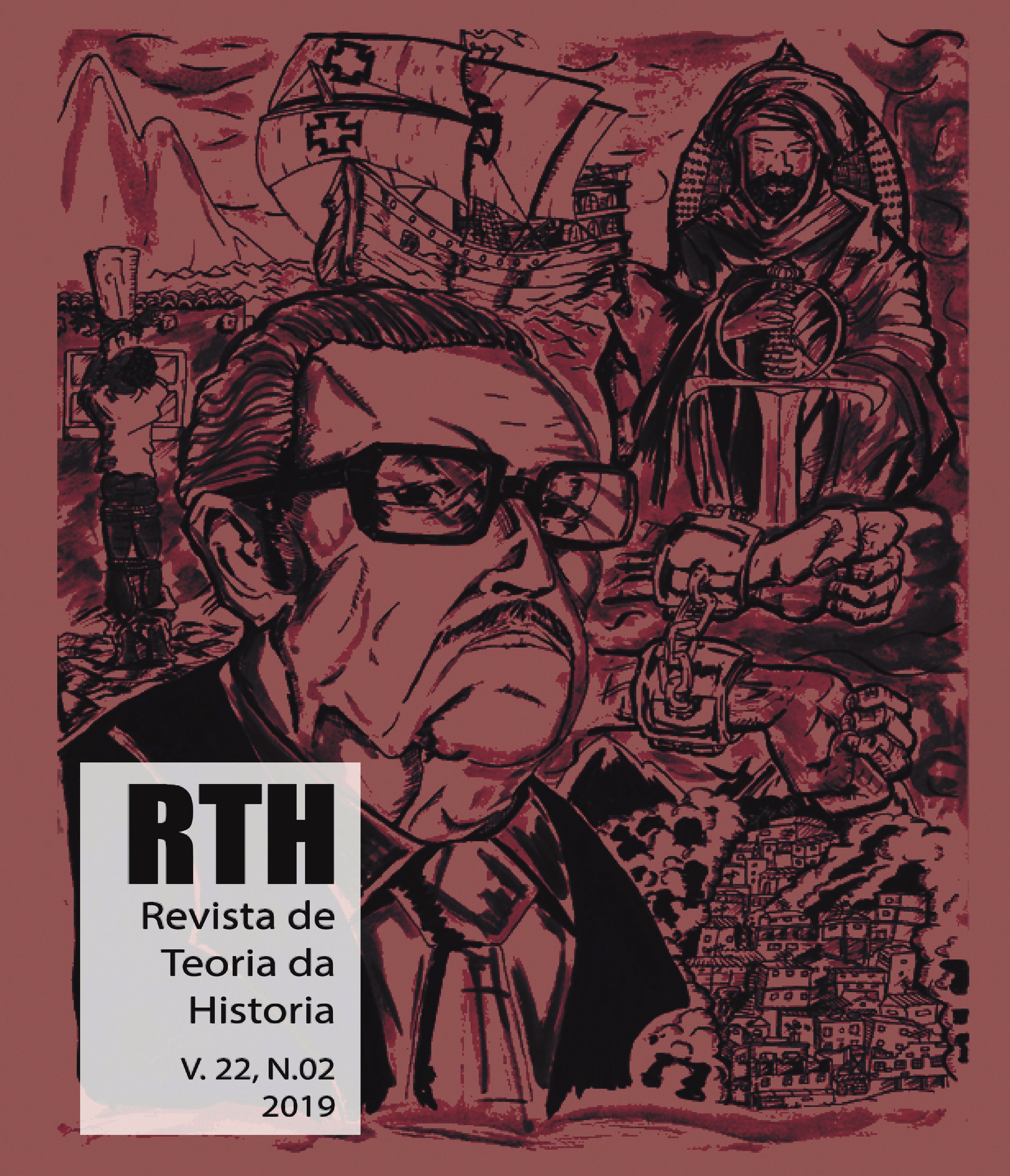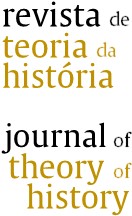REFLECTIONS ON ABY WARBURG’S CRITICAL RECEPTION
Keywords:
Aby Warburg, Art Historiography, Iconology, Gombrich, Didi-HubermanAbstract
Warburg’s researches deal with a set of questions that is among the most complex, difficult, wide and erudite in the historical-artistic field. However, the different receptions and readings of his work are responsible for expanding the scope of his research and for achieving successful results in the scientific investigation of the problem of the survival of Antiquity in the European Renaissance. Despite the important contributions of his “followers”, the history of the reception of Warburg’s work also reveals the circumscription of his legacy to less comprehensive questions and the distortion of important aspects of his thinking. Thus, to reflect on the critical reception of his work, trying to determine how different intellectuals translated his thought – incorporating, reinterpreting and delimiting specific questions –, is the purpose of this article.
Downloads
Published
How to Cite
Issue
Section
License
The journal publishes only and exclusively original manuscripts. All rights reserved.
Licensed under a Creative Commons Attribution-NonCommercial-NoDerivatives 4.0 International License



